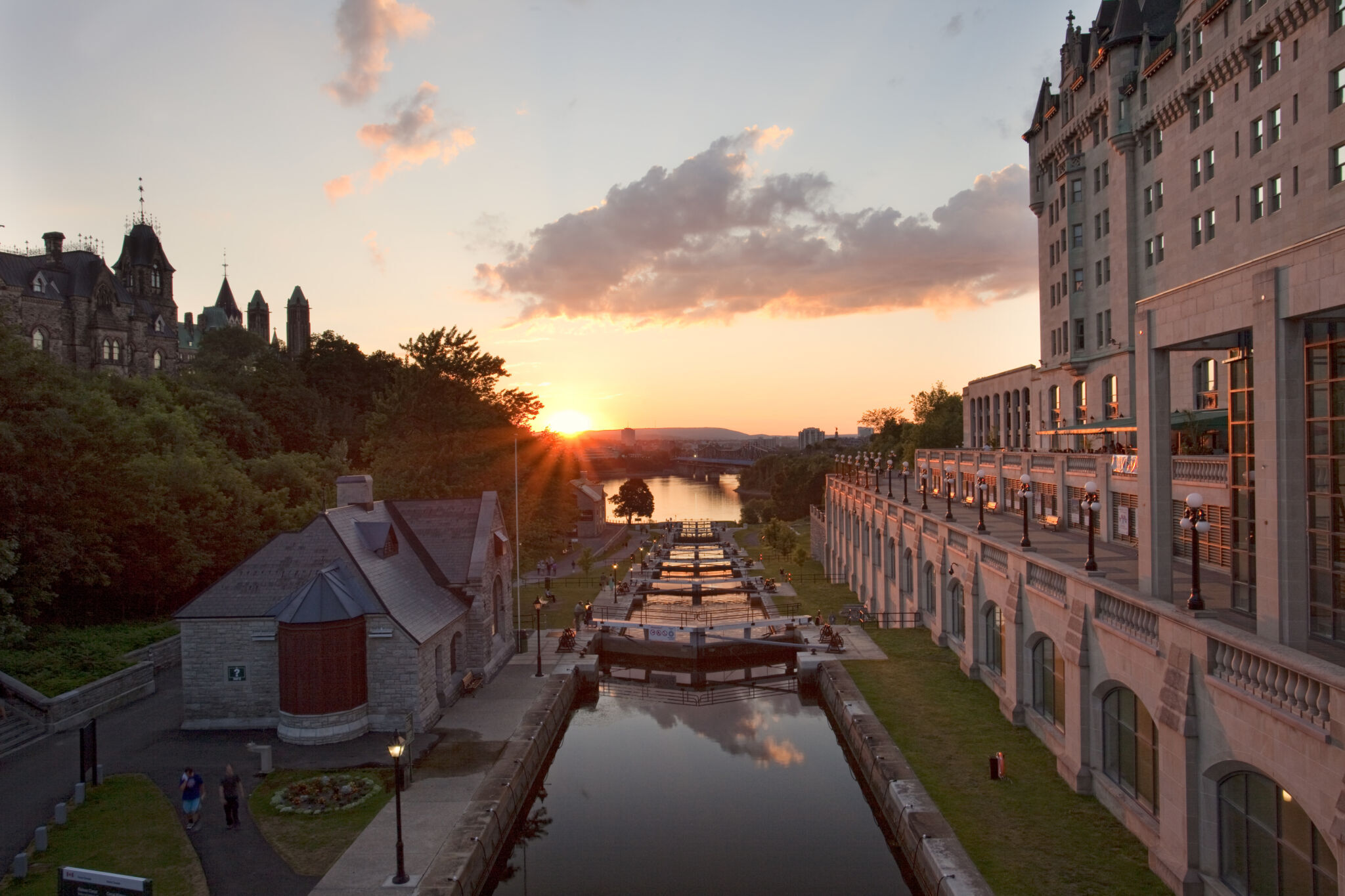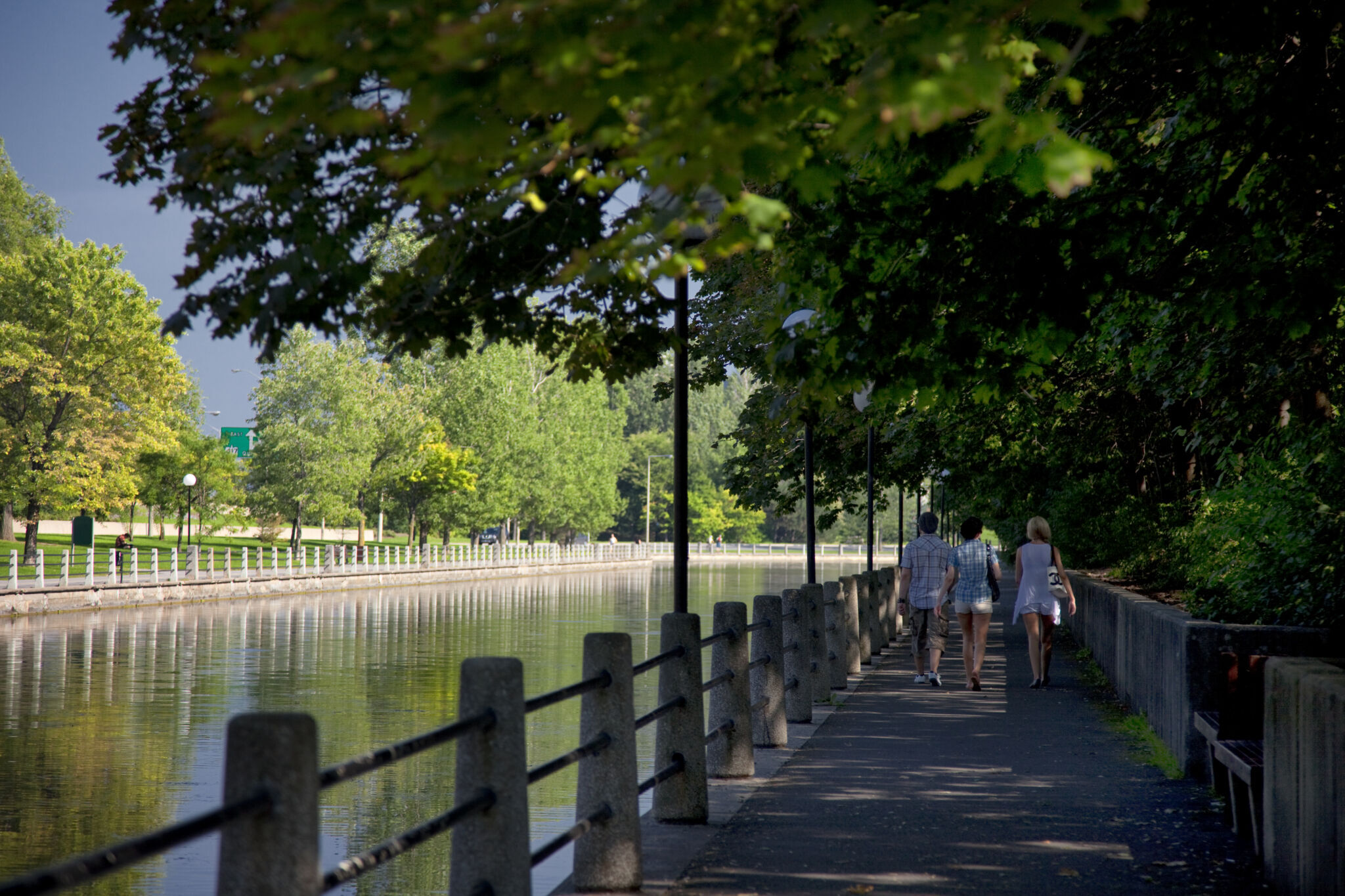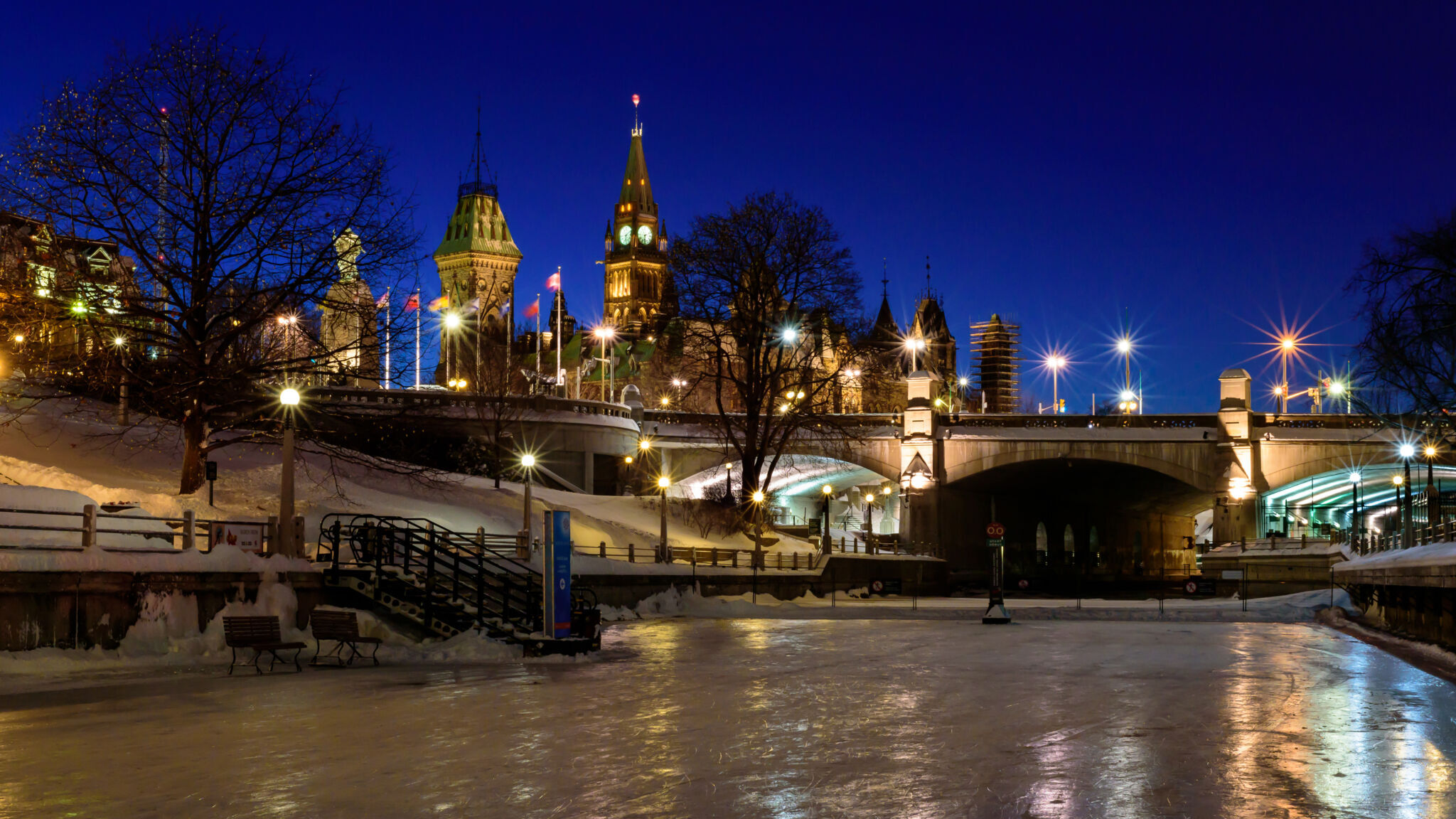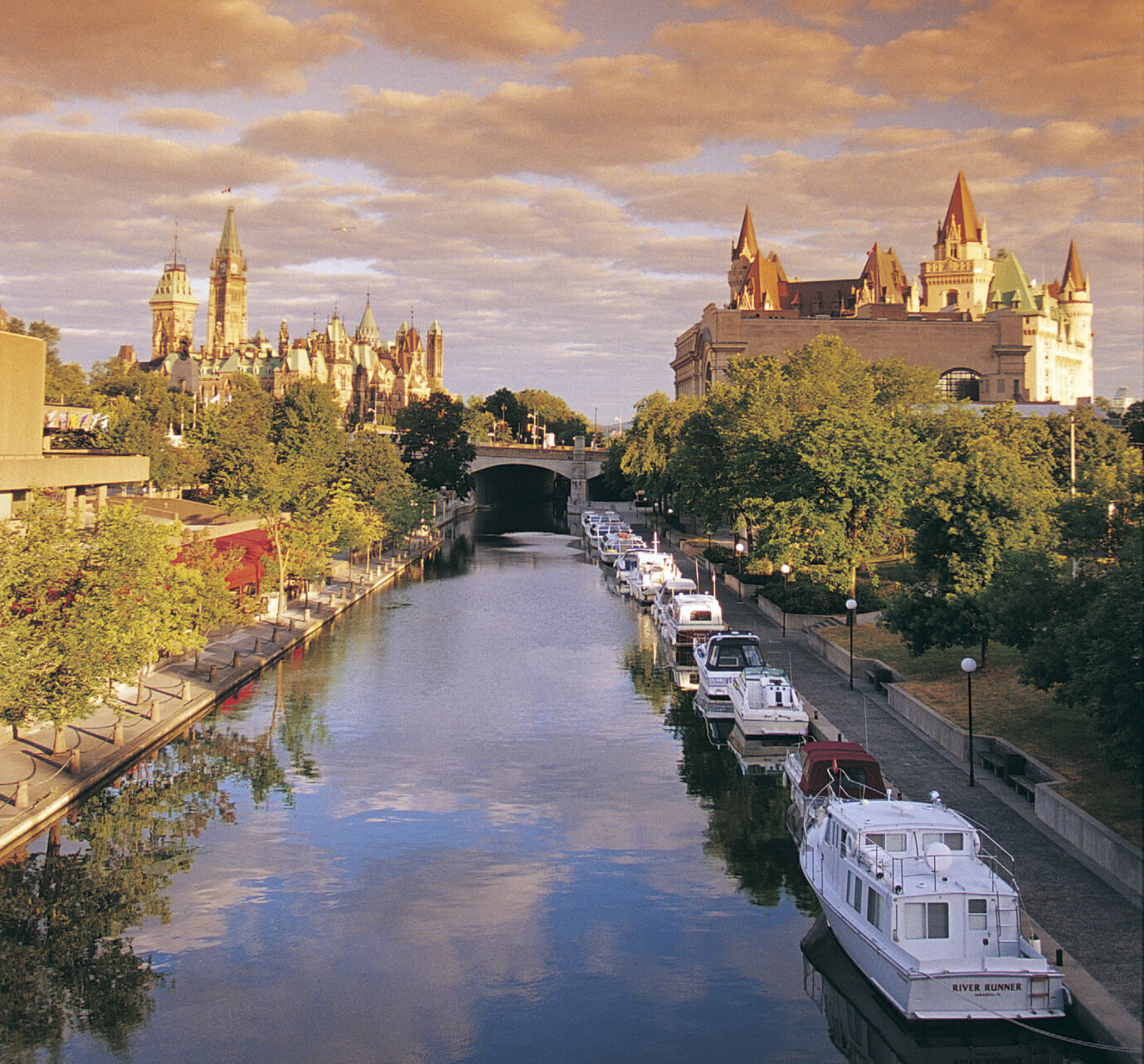
The Rideau Canal is one of the defining features of the National Capital Region. It is designated as a UNESCO World Heritage Site, a national historic site of Canada, and a Canadian heritage river. Residents and visitors alike cherish the beauty and recreational opportunities this waterway brings to the city.
The National Capital Commission, Parks Canada and the City of Ottawa have commissioned Matrix Heritage to produce a cultural landscape study of the Ottawa urban section of the Rideau Canal corridor. The study will create a guiding document that outlines the heritage values and character-defining elements within the study area and how these can best be enhanced and protected for Canadians now and into the future.
About the study
The study area covers the urban section of the Rideau Canal in Ottawa and spans approximately 8.5 km. It stretches from the Ottawa Locks at the Ottawa River in the north to Hog’s Back Locks and Falls in the south.
You can find information about the responsibilities of each of the partner organizations here:
Study area
The study area covers the Ottawa urban section of the Rideau Canal and spans approximately 8.5 kilometres. It stretches from the Ottawa Locks at the Ottawa River in the north, to Hog’s Back Locks and Falls in the south.
The map below illustrates this area in yellow.
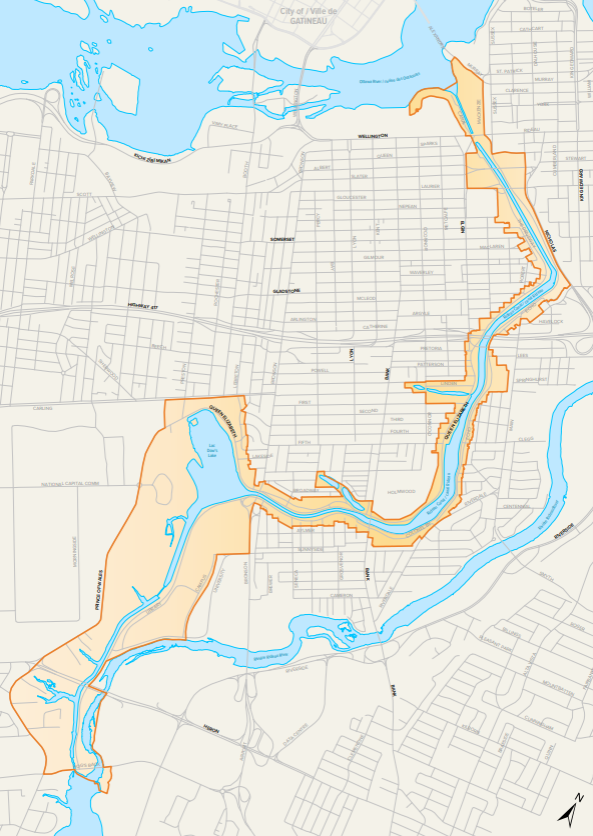
This study focuses on the Rideau Canal itself, areas in its immediate vicinity, and areas with a significant influence on the canal.
Process and timeline
- August 2023: Project kick off
- October 2023: Stakeholder engagement
- November to December 2023: Public consultation activities: online survey and in-person pop-up kiosks
- Spring 2024: Final report
Public engagement
Public and stakeholder engagement is a valuable component of this exercise. We encourage your participation in this consultation to better understand what makes the Rideau Canal important to you.
If you have any questions about this project, please contact heritage-patrimoine@ncc-ccn.ca.
About the Rideau Canal
The Rideau Canal was built between 1826 and 1832 under the direction of Lieutenant-Colonel John By. It is 202 kilometers long, and goes from Ottawa, the present-day capital of Canada, to Kingston, a former capital of the United Province of Canada in the 1800s. The canal combines natural river systems and engineered channels. Sets of canal locks and dams allow for boats to navigate around waterfalls, swamps, and other obstacles.
Since 1925, the Rideau Canal has been a National Historic Site of Canada, managed by Parks Canada. It is the only canal from its time that still works and has many of its original structures. In 2000, the canal was designated a Canadian Heritage River, and in 2007, it became a UNESCO World Heritage Site.
